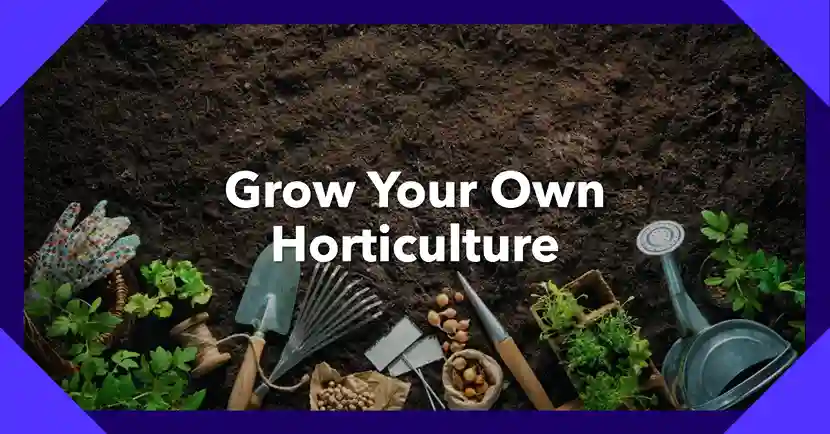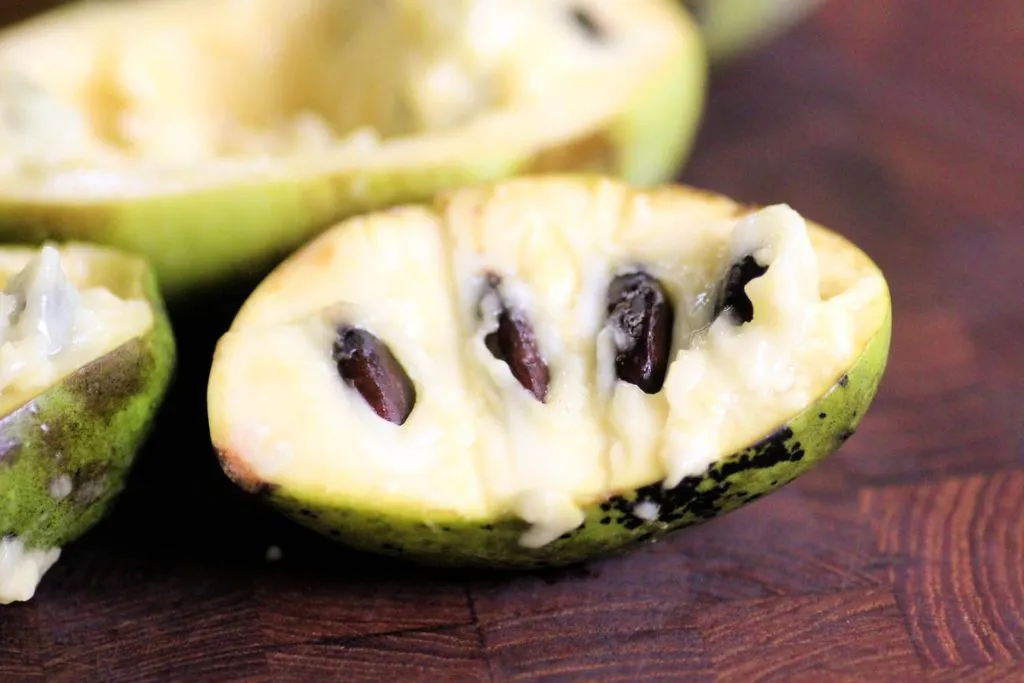Growing Onions at Home Without Seeds: A Step-by-Step Guide
Introduction:
Growing onions at home without using seeds is a simple and rewarding process. You can easily propagate onions using a healthy onion bulb, and in a matter of months, you’ll have a fresh supply of homegrown onions. In this comprehensive guide, we will walk you through the steps to grow onions without seeds, along with some essential tips for successful cultivation.
Step 1: Selecting a Healthy Onion Bulb
To start your onion-growing journey, choose a robust onion bulb with intact roots. Look for one that’s firm and free from any signs of damage or disease.
Step 2: Preparing the Onion Bulb
- Trim the Top: Carefully cut off the top third of the onion bulb while leaving the roots intact. This top portion will be the key to growing new onion shoots.
Step 3: Initiating Growth
- Submerge in Water: Place the prepared onion bulb, roots down, in a glass or jar of water. Ensure that the roots are completely submerged while the top portion remains above the waterline.
- Sun Exposure: Position the glass or jar in a sunny location where it can receive ample sunlight.
- Change the Water: Every few days, change the water to keep it fresh and conducive to growth.
Step 4: Sprouting Green Shoots
In about a week or two, you’ll start to see vibrant green shoots emerging from the top of the onion bulb. This signifies that your onion plant is well on its way.
Step 5: Transplanting
- Wait for Growth: Once the shoots reach a height of approximately 4 inches, it’s time to transplant the onion bulb.
- Pot or Garden Bed: You can choose to transplant the onion bulb into a pot or directly into a garden bed.
- Planting Depth: If using a pot or garden bed, ensure that the roots are covered with soil while leaving the top third of the bulb exposed.
Step 6: Proper Care
- Watering: Water the transplanted onion regularly, but be cautious not to overwater. Onions prefer well-drained soil and dislike sitting in soggy conditions.
- Sunlight: Place your onion plant in a sunny spot where it can receive a minimum of 6 hours of sunlight daily.
- Fertilization: To promote healthy growth, fertilize your onions every few weeks using a balanced fertilizer.
Step 7: Harvesting
You’ll know it’s time to harvest your onions when the tops begin to turn yellow and fall over. This usually occurs after several months of growth.
Additional Tips:
- Soil Selection: Choose soil with good drainage as onions do not thrive in waterlogged conditions.
- Soil Amendment: Improve soil fertility and drainage by incorporating compost or manure before planting.
- Sun Exposure: Ensure your onions receive sufficient sunlight to support robust growth.
- Watering: Maintain a regular watering schedule, but avoid overwatering to prevent root rot.
- Pot Cultivation: If growing in pots, opt for containers that are at least 12 inches deep with drainage holes.
Conclusion:
Growing onions at home without seeds is an enjoyable and straightforward process. By following these step-by-step instructions and heeding the essential tips provided, you can cultivate your own fresh supply of delicious onions. With proper care and a little patience, you’ll soon be enjoying the flavors of homegrown onions in your favorite dishes.



